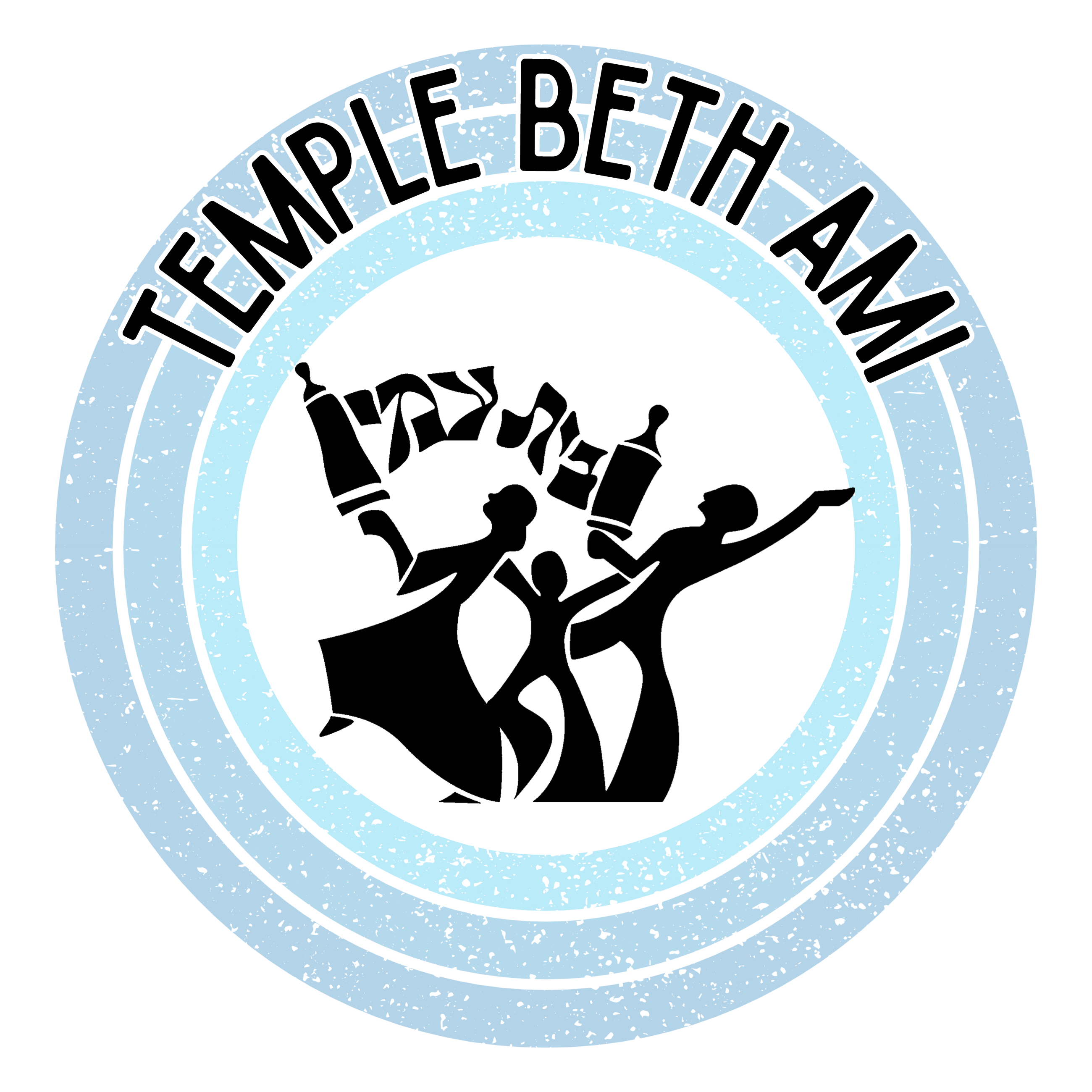The Meaning and History of Bar/Bat Mitzvah
Translated literally as “son/daughter of the commandment,” Bar/Bat Mitzvah is a coming of age – a beautiful and important moment in the cycle of life. In Judaism, a life-cycle event is a ceremony which marks a change in a person’s covenantal status. Brit Milah and baby naming mark the entry of a new soul into the Jewish covenant. A Jewish wedding marks the beginning of a new Jewish family, and Bar/Bat Mitzvah is all about being ready to take responsibility for upholding our end of the brit (covenant), our sacred agreement with G-d.
Bar/Bat Mitzvah is not mentioned in the Bible, but in the third century Rabbi Judah ben Tema taught, “A 13 year old is obligated to fulfill [all] the commandments.”[1] Judah ben Tema also said that this readiness came after a child had studied the Bible and the teachings of the rabbis, so that becoming an adult was the culmination of a particular educational process.
Until recent times, young men and women at 13 years of age worked full-time to help support their families. It was under these circumstances that the Bar Mitzvah ceremony evolved. The first historical record of a Bar Mitzvah ceremony dates back to the Middle Ages in the 13th or 14th century. By the 1700’s the custom of celebrating a boy’s becoming Bar Mitzvah became widely accepted in the Jewish world. At first, all festivities were held in the boy’s home, and a modest meal might be served after the synagogue service. But with the passage of time the festive family meal grew into an elaborate party, and often, lavish banquets were held in the public halls of larger towns. The leaders of the Jewish community in Cracow, Poland, were so aroused at this that in 1595 they placed a tax on such celebrations to keep them from becoming extravaganzas. They feared, as do many of us today, that the religious significance of becoming a Bar Mitzvah would be dwarfed in importance by the sumptuous party given after the service.
Since neither the Bible nor the Talmud give any specific rules for the Bar Mitzvah ceremony, customs varied from place to place. Each Jewish community adopted practices that made sense to it. In most Ashkenazi congregations (especially in Eastern Europe), a Jewish boy wore a tallit (prayer shawl) for the first time on the occasion of his becoming a Bar Mitzvah. In many Sephardi (Mediterranean) communities, however, a man could not put on a tallit until he was married. In 17th century Germany, the Bar Mitzvah vowed to donate a pound of wax for candles to light the synagogue; in Morocco the teacher and not the youngster was given gifts in honor of the occasion. In all instances, however, the highlight of the ceremony occurred when the boy was called to read from the Torah.
In the early 20th century, Rabbi Mordecai Kaplan (founder of Reconstructionist Judaism) officiated over the first ever Bat Mitzvah, who happened to be his daughter. In the years that followed, Bat Mitzvah ceremonies for girls became as common as Bar Mitzvah ceremonies for boys. Reform Judaism in the United States equalized the ceremonies so that girls and boys are asked to fulfill the same spiritual requirements and to conduct the same portions of the service. It is a beautiful moment in the life of the family and the child, as well as for the community. Indeed, throughout its history, the Bar/Bat Mitzvah celebration has always been a major community event. Therefore, we are all encouraged to attend every celebration of becoming Bar or Bat Mitzvah.
[1] Pirkei Avot, 5:21

